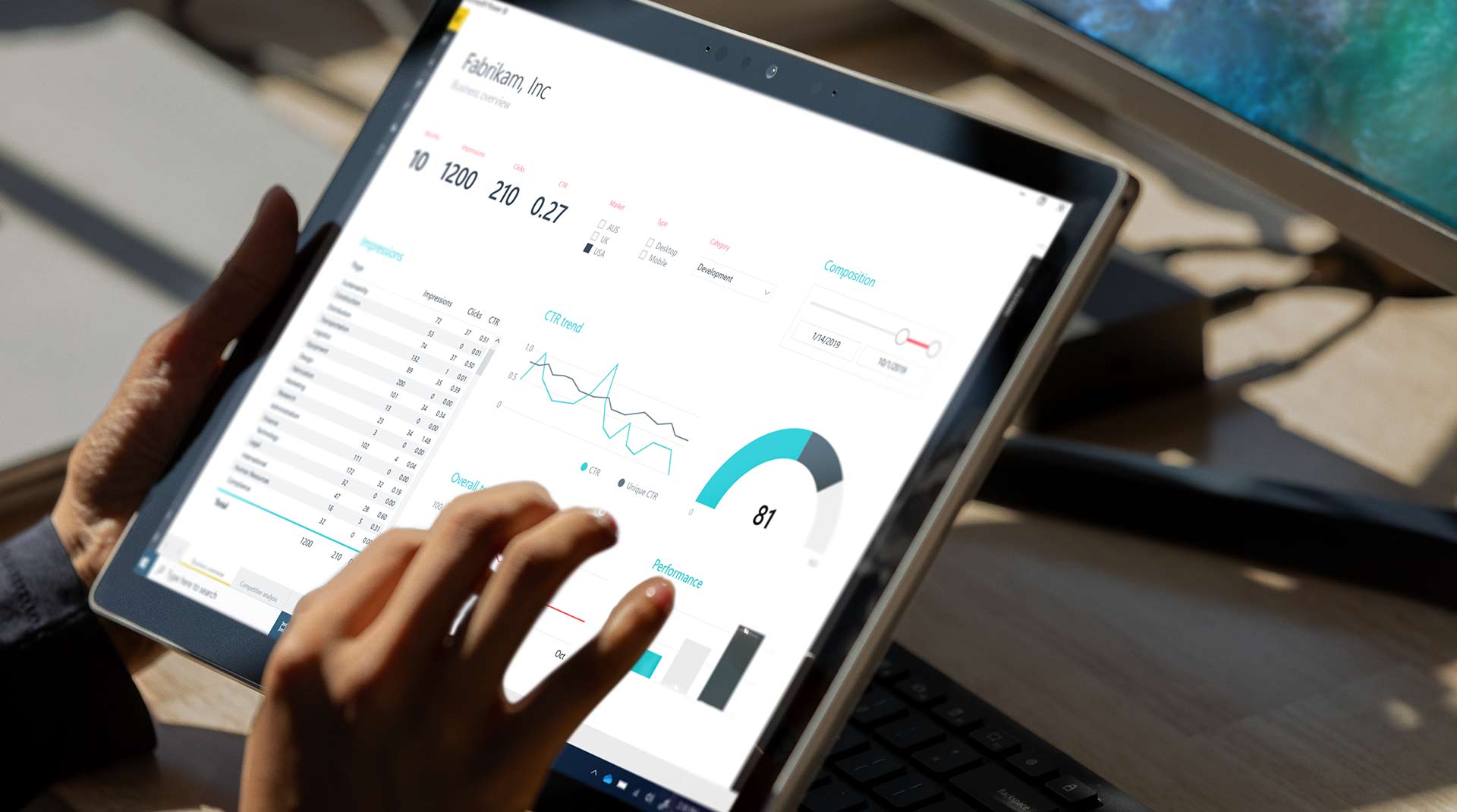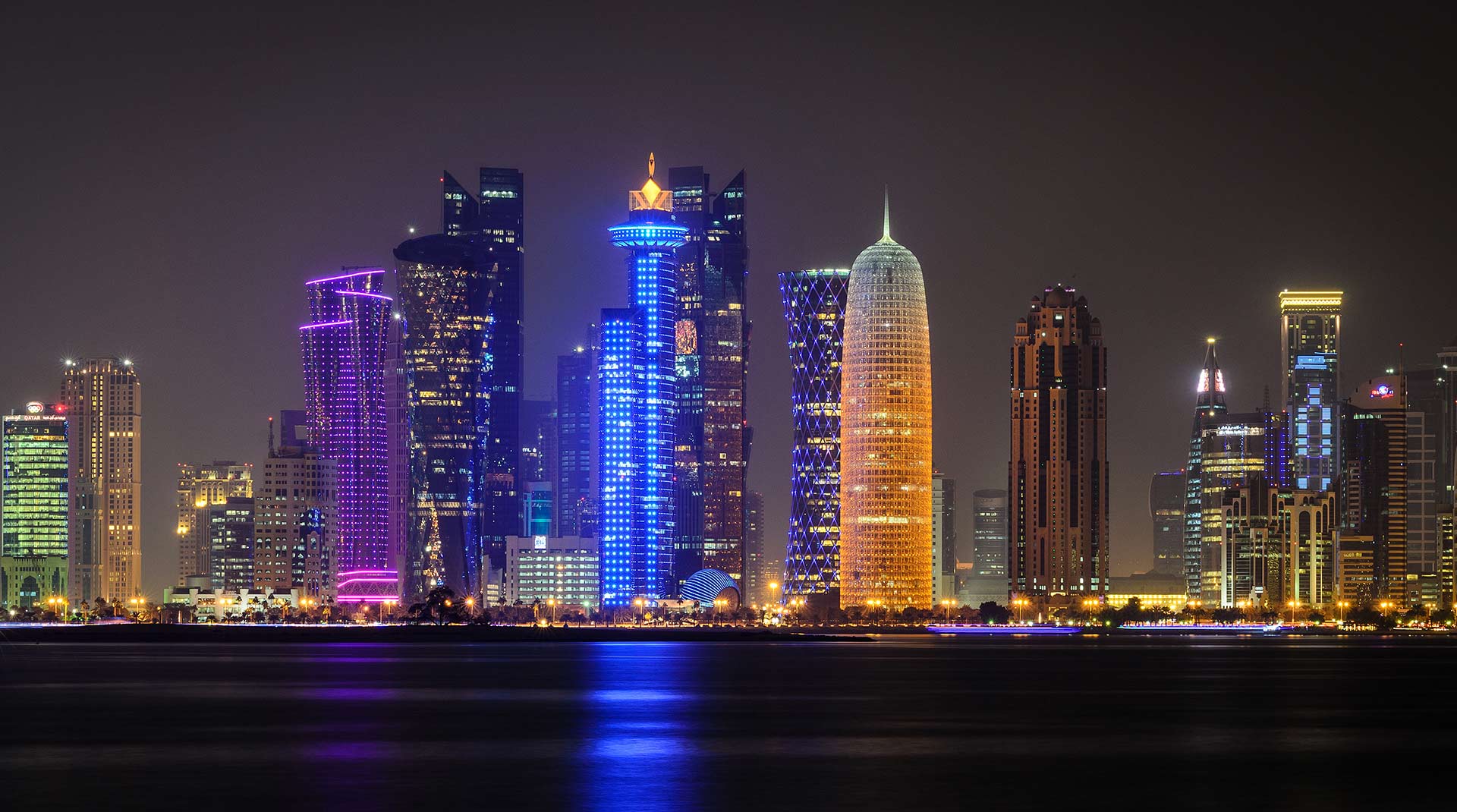
Qatar’s Digital Future Lies in the Cloud
With the world stopped in its tracks by the Covid-19 pandemic, nations are questioning how they want to restart. Is the aim a return to normal? Or is it possible to build back better?
As Qatar opens the latest Microsoft Azure region (an area empowered by Microsoft Azure data centers that is fast, reliable, and secure cloud services for businesses to store data on), the country may be setting an example: Investing in technology to stimulate the economy, while shaping a sustainable society
In 2008, Qatar published its National Vision 2030, a mission statement for the nation to become “an advanced society capable of sustaining its development and providing a high standard of living for its people.” In essence, it is a bold investment program to develop four interconnected pillars: Human, social, economic, and environmental. Exactly the kind of program many are clamouring for to shape a post-pandemic society.
Integral to realizing this agenda is Smart Qatar, a five-year digital transformation initiative. Launched in 2017, the $1.64 billion investment program aims to harness digital technologies to improve every aspect of society, from transportation and logistics, to healthcare, the environment, and sports.

Digitally transforming a nation
The confluence of Smart Qatar’s projects is crucial to achieving the goal of a society able to maintain a high standard of living for all its citizens in an era of unprecedented disruption. Crucial to the success of these projects is the cloud. As such, enthusiasm surrounding the arrival of a Microsoft Azure region in 2021 is more than understandable.
Azure is Microsoft’s Infrastructure as a Service (IaaS) offering, enabling users to run complex applications on the company’s powerful servers, rather than on local machines. Anything from virtual machines to cutting edge machine learning applications.

Qatari government departments were already users of Microsoft Azure. But becoming an Azure region significantly boosted the existing cloud capabilities in Qatar. Essentially, this new network dramatically increases performance, reliability, and security of cloud, to the extent where it can replace on-premise IT architecture.
In short, the Azure region will provide the infrastructure necessary to realize the bold ambitions of Smart Qatar, and Vision 2030 in turn. Smart health kiosks are planned to provide immediate, universal access to telemedicine and remote diagnosis. Logistics will be orchestrated by a nationalized, data-driven control center. An intelligent energy grid will optimize usage, responding dynamically to demand.
Other Azure regions have already harnessed the technology to, for example, optimize aircraft fuel usage, predict catastrophic weather events, and adapt to the effects of climate change. The video below shows how Dutch water utility PWN has used Azure to maintain water supplies in the face of climate-related shortages.
Investing in recovery
While some governments may be struggling to plan long-term when their economies are effectively stalled, Smart Qatar and the Azure region are a timely demonstration that societal goals and economic stimulus can go hand in hand.
The IDC estimates the Microsoft Cloud ecosystem will generate 24,000 new jobs in Qatar by 2024. Microsoft’s partners are projected to earn $8 for every $1 Microsoft makes.
In addition, the company will – in partnership with the Qatar Digital Government – train 3,000 government employees per year in cloud and AI technologies, alongside upskilling 50,000 people in future technologies over five years. These efforts may serve to plug pressing skills gaps in the region.
Crucially, aside from contributing technologically to sustainability goals, the data centers are slated to run on 100% renewable energy by 2025, with Microsoft aiming for negative-carbon status by 2030.
These data centers allow businesses and organizations to reduce the complexity of operating across large sites, whether that’s across an entire country like Qatar, or even across borders. With the ability to seamlessly scale infrastructure up and down based on requirement in the moment, service remains constant whatever the demand, and so costs stay manageable. Traditional onsite data storage can’t keep up with these benefits, nor the built-in security of an externally managed cloud like Microsoft’s offering.

The world watches
There are two years left until the culmination of Smart Qatar. The initiative’s success could yet make Vision 2030 a template for other nations to follow out of the Covid-19 crisis.
The proof will be in 2022, when Doha hosts the FIFA World Cup. The country intends to use the flagship event to showcase its capital as one of the most connected cities in the world. The projected 1.7 million visitors to the city will be treated to a panoply of Microsoft Azure powered services, from intelligent public transit apps to digitally accessible healthcare.
They will be witness to a nation digitally transformed. Already well-positioned to navigate its way out of the Covid-19 crisis, when the Azure region arrives in 2021 Qatar will be equipped with the agility and resilience to weather whatever comes next. And the country will have the tools not only to realize its National Vision 2030, but to forge the future beyond, as well.

